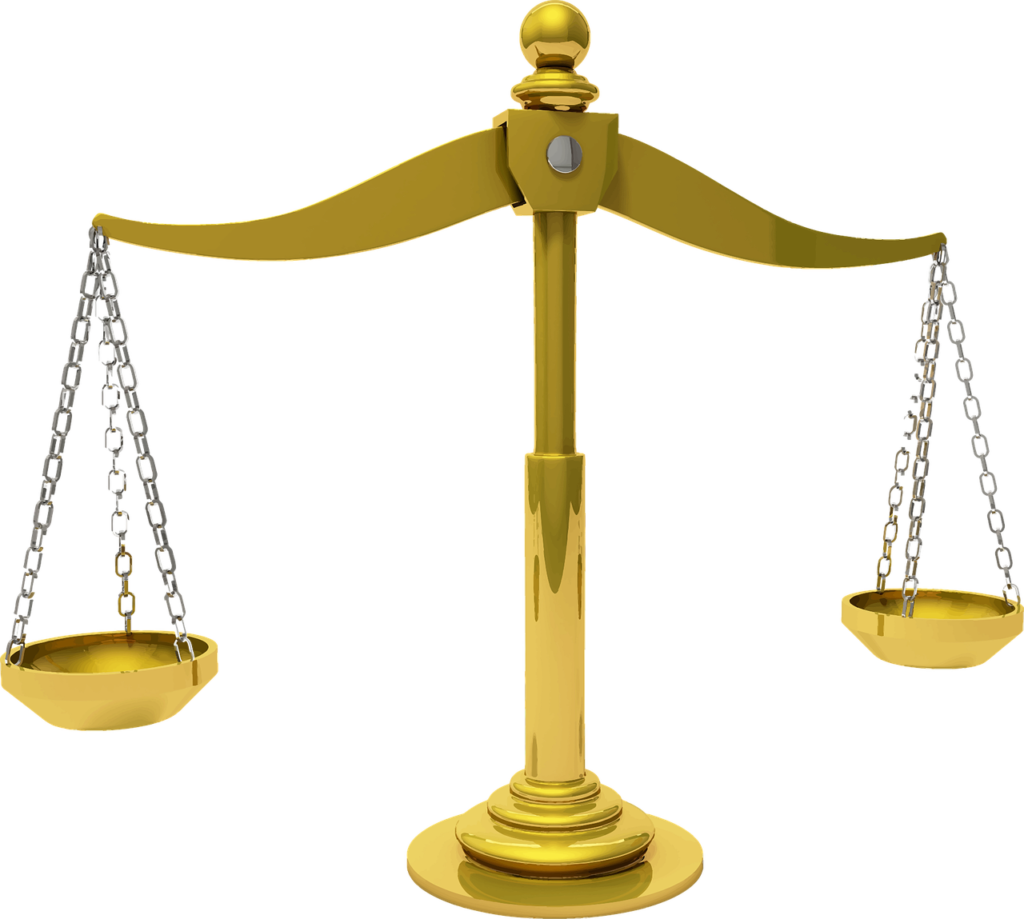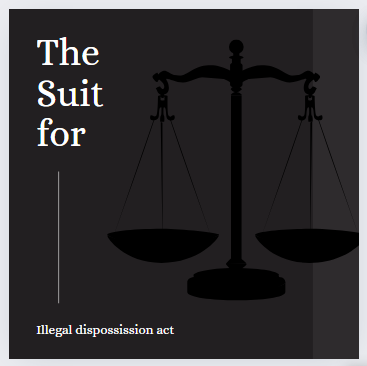
Guide to Legal Recourse and Procedures
Illegal dispossession is a serious issue that affects property owners and tenants alike. When someone is unlawfully deprived of their property, legal recourse is essential to restore their rights and ensure justice. This blog post provides an in-depth look at the process of filing a suit for illegal dispossession, the legal principles involved, and practical tips for navigating the legal system.
What Is Illegal Dispossession?

Illegal dispossession occurs when an individual is deprived of their property or land without proper legal authority or due process. This can happen through various means, including:
- Forceful Eviction: When a person is physically removed from their property without a legal order.
- Fraudulent Claims: When someone illegally claims ownership or rights over another’s property through deceit or falsification.
- Unauthorized Transfers: When property is transferred or sold without the owner’s consent or proper legal procedure.
Illegal dispossession can involve residential, commercial, or agricultural properties, and it impacts property rights significantly.
Legal Framework for Illegal Dispossession

The legal framework governing suits for illegal dispossession varies by jurisdiction but generally includes principles of property law, civil rights, and specific statutes or acts designed to protect property owners. Here’s a look at the typical legal principles and statutory provisions involved:
1. Property Law Principles
Property law establishes the rights of property owners and the legal processes for transferring or disputing ownership. Key concepts include:
- Ownership Rights: The right to use, lease, or transfer property.
- Due Process: Legal procedures that must be followed to ensure fair treatment in property disputes.
- Possession: The control or occupancy of property, which can be a basis for claiming ownership.
2. Civil Rights Protections
Civil rights laws protect individuals from unlawful dispossession and ensure that property disputes are handled fairly. This includes:
- Right to Property: The fundamental right to own and enjoy property without unlawful interference.
- Legal Remedies: The right to seek judicial remedies and compensation for unlawful dispossession.
3. Statutory Provisions
Various statutes and regulations may apply, such as:
- Landlord-Tenant Laws: Governing evictions and disputes between landlords and tenants.
- Real Property Acts: Specific laws related to the ownership and transfer of real estate.
- Criminal Statutes: In cases of fraud or theft, criminal laws may also come into play.
Filing a Suit for Illegal Dispossession: Step-by-Step Guide

Filing a suit for illegal dispossession involves several critical steps. Below is a detailed guide to help you navigate the process:
1. Gather Evidence
Before initiating legal action, gather all relevant evidence to support your claim. This may include:
- Title Deeds: Proof of ownership or legal right to the property.
- Lease Agreements: Documentation of rental or lease agreements if applicable.
- Correspondence: Any communication related to the dispossession, including notices or threats.
- Witness Statements: Testimonies from individuals who witnessed the dispossession or have relevant information.
2. Consult with an Attorney
Engage a lawyer with expertise in property law to review your case and provide legal advice. An attorney can help with:
- Evaluating Your Case: Assessing the strength of your claim and advising on legal strategies.
- Drafting Legal Documents: Preparing necessary documents such as the complaint or petition.
- Representing You in Court: Advocating on your behalf throughout the legal process.
3. File a Complaint
Prepare and file a complaint with the appropriate court. The complaint should include:
- Parties Involved: Names and addresses of the plaintiff (you) and defendant (the party responsible for dispossession).
- Statement of Facts: A detailed account of the dispossession, including dates and circumstances.
- Legal Basis: The legal grounds for your claim, referencing relevant statutes or case law.
- Relief Sought: Specific remedies or compensation you are requesting from the court.
4. Serve Notice
After filing the complaint, serve notice to the defendant. This involves:
- Delivering Copies: Providing the defendant with copies of the complaint and summons.
- Proof of Service: Obtaining proof that the defendant has been officially notified.
5. Prepare for Court Hearings
Prepare for court hearings by:
- Gathering Additional Evidence: Collecting any additional evidence or documents needed for your case.
- Preparing Testimonies: Preparing your own testimony and that of any witnesses.
- Understanding Court Procedures: Familiarizing yourself with the court’s rules and procedures.
6. Attend Hearings and Trials
Participate in hearings and trials, presenting your case and responding to any challenges from the defendant. The court will review the evidence, hear arguments, and make a determination based on the facts and law.
7. Obtain a Judgment
If the court rules in your favor, you will receive a judgment that may include:
- Restoration of Property: Orders to return the property to you.
- Compensation: Financial compensation for damages or losses incurred due to dispossession.
- Injunctions: Orders preventing further illegal actions by the defendant.
8. Enforce the Judgment
If the defendant does not comply with the judgment, you may need to take additional legal steps to enforce it, such as:
- Filing for Contempt: Requesting the court to hold the defendant in contempt for failing to comply.
- Seeking Writs: Obtaining legal orders to enforce the court’s decision.
Practical Considerations in a Suit for Illegal Dispossession

1. Legal Costs
Consider the costs associated with filing a suit, including legal fees, court costs, and any expenses related to gathering evidence. Discuss these costs with your attorney and explore options for legal aid if needed.
2. Timeframe
Legal proceedings can be time-consuming. Be prepared for a potentially lengthy process and maintain communication with your attorney to stay informed about the progress of your case.
3. Alternative Dispute Resolution
In some cases, alternative dispute resolution (ADR) methods such as mediation or arbitration might be an option. ADR can offer a more expedient and cost-effective way to resolve disputes without going to court.
Case Studies and Examples
Case Study 1: Residential Property Dispossession
A tenant facing illegal eviction by a landlord might file a suit for illegal dispossession, seeking restoration of their tenancy and compensation for damages incurred during the eviction.
